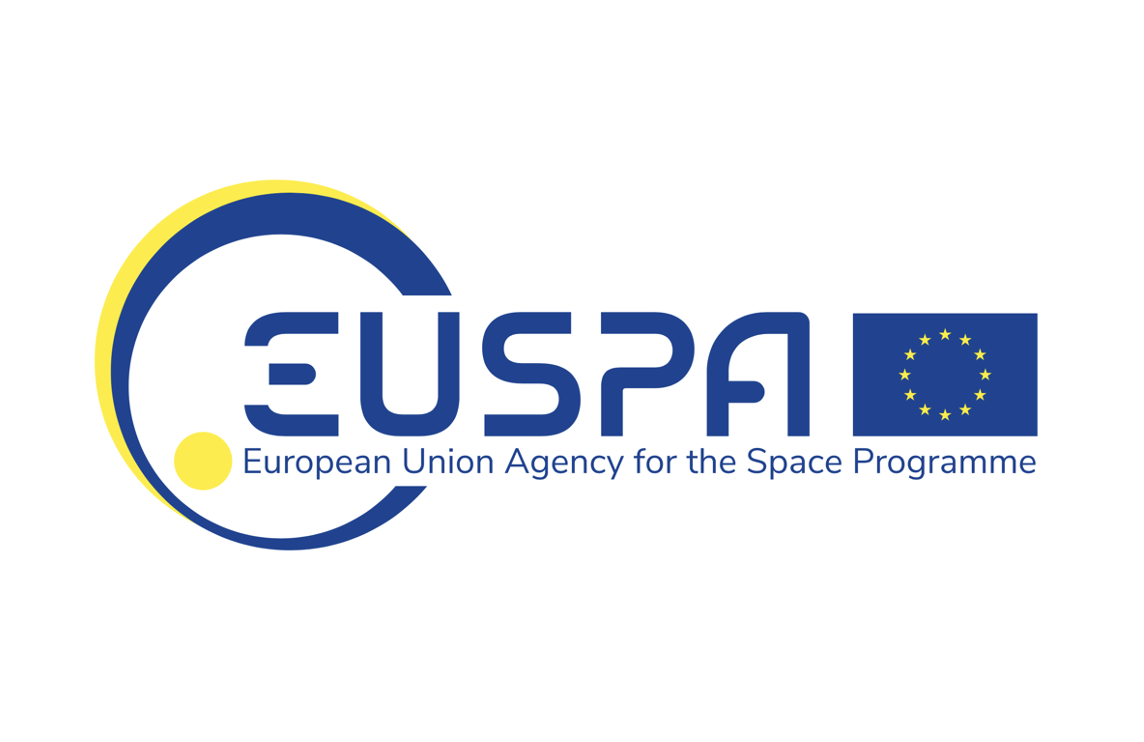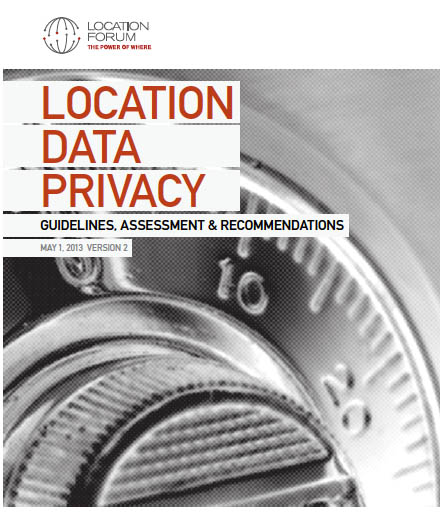The European Union Agency for the Space Programme (EUSPA) and the European Commission recently published two new documents outlining Galileo receiver guidelines: the Galileo Open Service Navigation Message Authentication (OSNMA) Signal-in-Space (SIS) Interface Control Document (ICD) and the Galileo Open Service Navigation Message Authentication (OSNMA) Receiver Guidelines.
The documents, which get us one step closer to OSNMA, specify the baseline applicable to the OSNMA service provision phase that will begin after the OSNMA Service Declaration, according to EUSPA. This allows users to prepare before the declaration.
“These documents are applicable to the coming OSNMA service provision phase and have been developed as an evolution of the Galileo OSNMA User ICD for test phase (v1.0) and the Galileo OSNMA Receiver Guidelines for Test Phase (v1.1),” according to EUSPA. “The publication of these two documents is an important milestone in the OSNMA service roll-out logic.”
A closer look at the documents
The Galileo OSNMA SIS ICD document, along with the Galileo Open Service Signal-In-Space Interface Control Document (OS SIS ICD), provides all the information needed on the OSNMA SIS. It also specifies the interface between the Galileo Space Segment and the Galileo User Segment.
The second document released, the Galileo OSNMA Receiver Guidelines, complements the OSNMA SIS ICD, providing guidelines for user implementation of the OSNMA functionality. The document specifies user capabilities and steps that must be taken to verify the authenticity of the Galileo navigation message. These general guidelines are not specific to any platform or application.
Getting to OSNMA
Next, the SIS format that’s broadcast as part of the OSNMA Public Observation Test Phase will transition to its final format, as per Galileo OSNMA SIS ICD. The transition will be announced to the OSNMA user community before it takes place.
You can find both the new documents and others here.




